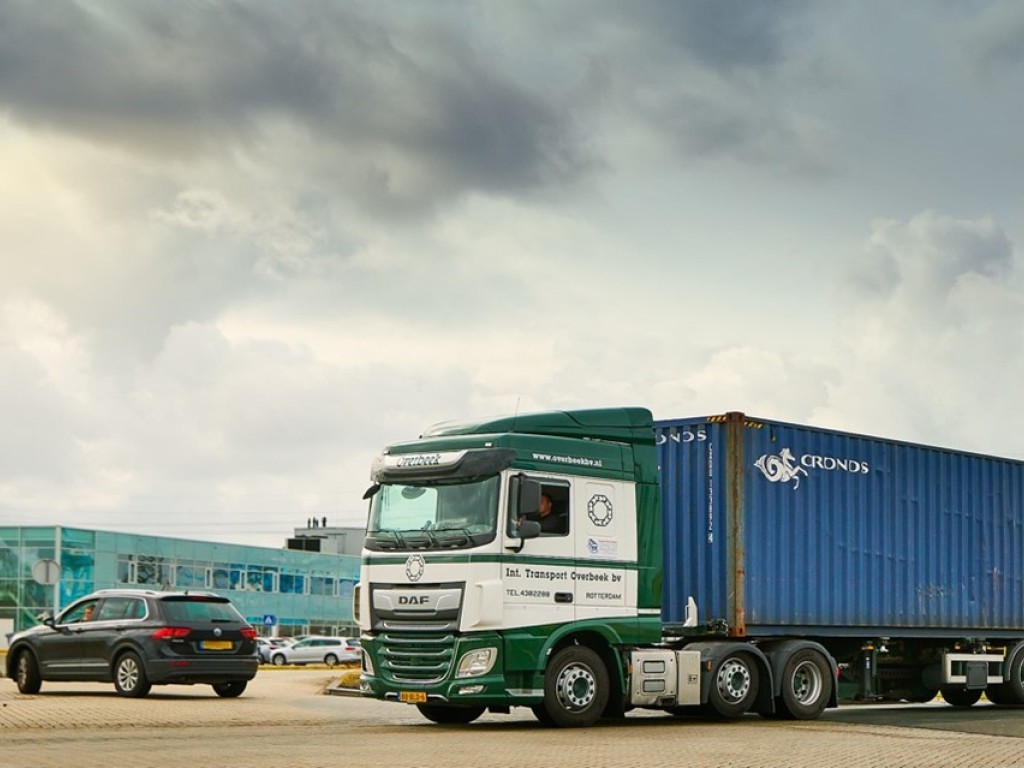Transitioning towards resilient multimodal corridors using digital twinning

Motivation and objectives
The performance and reliability of multimodal corridors are under pressure due to climate change and a variety of disruptions. Disruptive events (e.g., drought, flooding and infrastructure failure/downtime) reveal vulnerabilities of corridors and bring negative cascading effects on their performance, involved stakeholders and the environment. Reverse modal shift is a large threat for inland waterway corridors and the climate ambitions. Changing the ecological system and physical infrastructure is costly and time consuming (due to consultation and public participation procedures). However, the logistics system can be redesigned to create resilient and climate adaptive corridors.
In this project we build upon existing capabilities to monitor multimodal corridors, by providing functionality and supporting work practices to transition towards resilient and climate adaptive synchromodal corridors. Developing such a platform requires collective efforts to share data (e.g., geo-hydrological, IoT, weather, planning, logistics) and develop interorganizational processes to mitigate risks of reverse modal-shift and reduce its cascading effects.
The main objectives of this 3-year project are to:
- develop a resilience toolbox to support companies and public stakeholders to individually and collaboratively develop resilient corridors, focussing on transforming existing corridors;
- design and develop a digital twin for resilient multimodal corridors, supporting the transition into a synchromodal corridor being able to use the best modality at any moment.
Work Packages (WP) and activities
The project is organized in 5 interconnected WPs:
- Resilience toolbox: to support fundamental and industrial research regarding resilience in multi-modal logistics, the development of quantitative and qualitative methods and techniques and organizational strategies, capabilities and interventions to improve resilience;
- Digital twin for multimodal corridors: program of requirements, reference architecture and ontology for a digital twin platform for resilient multimodal corridors. Developing and optimizing prototypes integrating the resilience toolbox and industry cases in a of the digital twin platform;
- Industry cases: originating from stakeholders and users of the Twente corridor and involved port authorities and policy makers. The cases will be employed to iteratively test, refine, implement and evaluate the resilience toolbox and digital twin platform.
- Dissemination and valorisation: of the scientific research and results of the project and scale up the use of the resilience toolbox and digital twin in other multimodal corridors;
- Project management: to manage the project and report progress to stakeholders.
Novelty and envisioned results
Currently, the adoption of digital twin technologies in logistics is in an early stage and related scientific work is limited to high-level conceptualization. To the best of our knowledge, no digital twin is operational for multimodal logistics corridors. This project aims to increase the TRL of digital twin technology in the context of multimodal logistics from concept (TRL2-3) to instantiation of the digital twin platform in a controlled environment (TRL6-7). The resilience research is expected to result in new/improved resilience strategies, quantitative and qualitative methods and techniques. This above will result in new reference architecture models, ontologies, algorithms, simulation models and prototypes. The industry cases are expected to contribute to better understanding of resilience factors in corridors and empirical validation of the resilience toolbox and digital twin.
Valorisation and implementation strategy
The consortium will organize monthly meetings and adopt a transdisciplinary approach to collaboratively conduct research and realize the deliverables. The industry partners provide real-life cases to show the use of digital twinning in the context of multi modal corridors. Network partners help to integrate the toolbox in other corridors. The Fraunhofer Innovation Platform provides facilities to organize workshops and events to actively share the results with the logistics industry. Three articles are expected to be published in academic journals on the field of logistics and digital twinning. The University of Twente and Windesheim will develop educational materials.